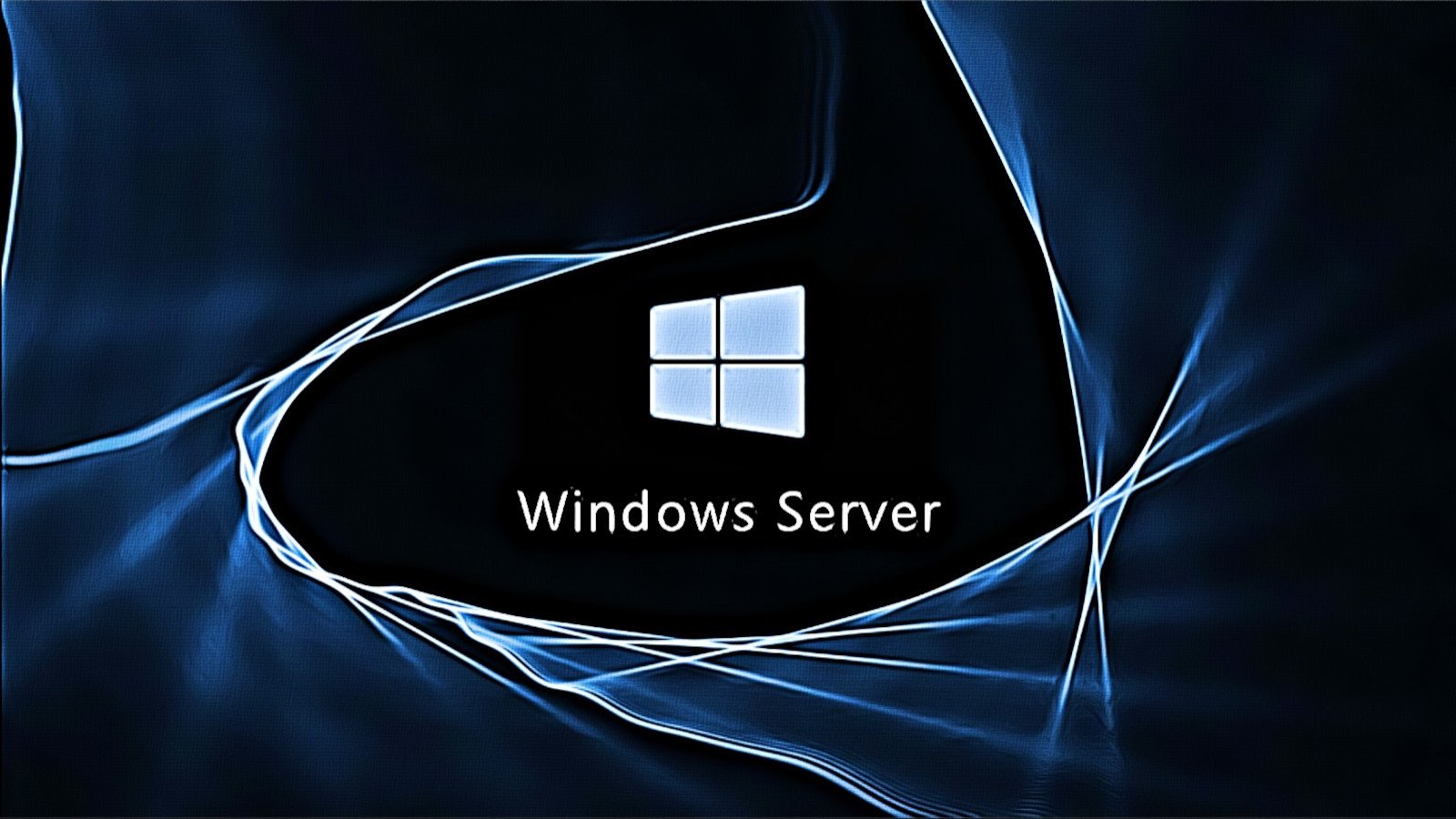
Revolutionizing Windows Server: Explore Microsoft’s Groundbreaking Integration of the Linux Sudo Command
Key Takeaways:
In recent years, the IT world has witnessed a remarkable shift as Microsoft, the technology giant, has been pushing the boundaries of innovation like never before. One of the most notable advancements comes with their latest offering, the Windows Server operating system. With the revolutionary integration of the Linux Sudo command, Microsoft has pushed the envelope and transformed the Windows Server ecosystem. In this article, we’ll dive into the intricacies and advantages of this groundbreaking feature, emphasizing its impact on administrative tasks, security, and the overall versatility of Windows Server.
The Integration of the Linux Sudo Command
The integration of the Linux Sudo command in Windows Server represents a significant departure from the traditional methodology employed by Microsoft. Previously, the Windows operating system relied on a command line interface that differed greatly from Unix-like systems. This divide created inconveniences for system administrators and developers who were accustomed to working with popular Linux distributions. Fortunately, Microsoft has actively addressed this issue and introduced progressive changes to Windows Server.
The Sudo command, in the context of Linux, bestows administrative power upon users regarding privileged system operations. On the other hand, the Windows Server operating system traditionally separated administrative privileges into two distinct entities: standard users and administrators. By bridging this gap, the integration of the Linux Sudo command simplifies the administrative experience, extends familiar functionality, and bolsters cross-platform cooperation.
The Advantages of the Integration
Streamlined Administrative Tasks
The inclusion of the Linux Sudo command in Windows Server greatly streamlines administrative tasks by consolidating user privileges. Previously, system administrators had to switch between different accounts or run command prompts with elevated permissions to perform administrative actions. The integration simplifies this process and allows users to execute commands with superuser privileges, thereby eliminating the need for extra steps.
Administrators will benefit from the integration’s straightforwardness and improved efficiency in managing systems. Instead of constantly juggling between accounts or initiating complex permissions elevations, they can harness the power of the Linux Sudo command to execute administrative actions seamlessly. This not only enhances user experience but also boosts productivity and operational efficiency.
Enhanced Security Measures
Security lies at the heart of every technological advancement, and the integration of the Linux Sudo command safeguards the Windows Server ecosystem effectively. By adopting this feature, Microsoft empowers administrators to assign specific command execution privileges to users or groups while limiting unnecessary access to critical system resources.
The granular control offered by the Linux Sudo command ensures that authorized personnel with administrative tasks can execute commands, perform system-configurations, or access sensitive data, while preventing accidental misuse or unauthorized actions. Moreover, the integration strengthens the overall security posture of Windows Server by minimizing the risks associated with excessive administrative controls.
Expanded Versatility of Windows Server
Windows Server has long been celebrated for its robustness and versatility in managing server environments. With the integration of the Linux Sudo command, Microsoft takes the versatility of their flagship server operating system to new heights. The amalgamation of the two platforms opens up cross-functional possibilities, allowing system administrators to leverage Linux-based tools, scripts, configurations, and applications within the Windows Server environment.
System administrators and developers can now enjoy the liberty of orchestrating seamless interactions between Windows and Linux-based elements by utilizing common commands and script conventions. This translates into an enriched ecosystem and arms Windows Server users with an extended realm of possibilities, thus catering to diverse needs and preferences within contemporary IT infrastructures.
Frequently Asked Questions
Conclusion
The integration of the Linux Sudo command with Microsoft Windows Server represents a groundbreaking leap forward in the alignment of different operating systems. By closing the gap between Windows and Linux distributions, Microsoft has revolutionized administrative tasks, fortified security measures, and extended the overall versatility of the Windows Server ecosystem.
With streamlined administrative tasks, enhanced security measures, and expanded possibilities, the integration of the Linux Sudo command sets a new precedent for more collaborative and flexible IT environments. System administrators, developers, and organizations embracing Windows Server can now harness the power of their preferred platforms in an integrated and harmonious manner, ushering in an era of seamless cross-functionality.
Source: insidertechno.com